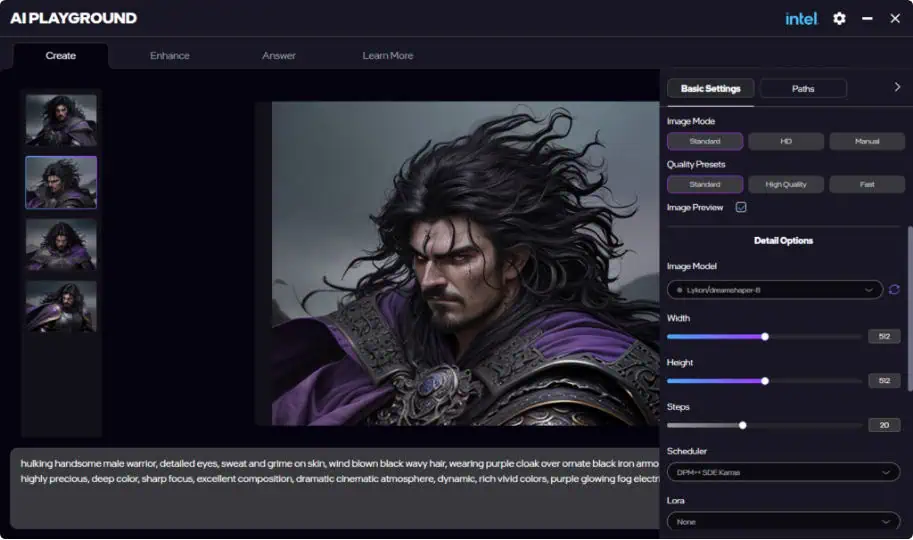As we all know, whether it’s Microsoft’s future Windows operating system or the next generation of processors from Intel and AMD, one of the key areas of focus and competition is artificial intelligence.
Currently, relatively mature AI applications like ChatGPT, Wenxin Yiyan, Midjourney, and Stable Diffusion require a massive amount of specialized AI computing power to train and build models. These tasks are performed on backend server clusters, while the end users only use a client that needs to remotely call the backend services to return data, making it impossible to run without the backend support.
In comparison, the AI computing power available to ordinary consumers (provided by processors and graphics cards) is vastly inferior to the professional AI computing power, so what is the actual use and significance of AI computing power in consumer-grade processors and graphics cards? Is it just a flashy gimmick?
Many people may have this confusion, and this is the topic this article will share.
Intel has provided an answer to this question. On June 3, Intel released a software called AI Playground.

The purpose of this software is to introduce and demonstrate the practical uses of AI running locally on future Core Ultra processors or Arc series graphics cards.
AI Playground is a very simple and easy-to-use AI “entry-level” assistant that does not require the use of a command line, nor does it require users to have professional knowledge or programming experience in AI. It is aimed at users who have not yet experienced generative AI.
AI Playground mainly has three functions: image generation, image editing, and local chat. Users can seamlessly switch between these three functions without manually starting and stopping related local service instances.
Compared to other professional AI image generation software, the image generation feature in Intel’s AI Playground removes overly professional and difficult-to-understand settings and options. Users can quickly switch between resolution and quality modes, and advanced users can enter manual mode to access several advanced options.
The image editing feature can perform operations such as enlarging, repairing, filling, and fixing images, whether they are AI-generated images or other ordinary pictures.

As for the local chat function, it is very similar to software like ChatGPT and Wenxin Yiyan. It can be trained by reading and analyzing various text files stored locally on the user’s computer and will use these files as a basis to answer the user’s questions.
At this point, some users may be concerned about security and privacy issues. Does the AI Playground software, which needs to read and analyze various files, upload them to a remote server, posing a risk of leakage?
For this concern, there is no need to worry because AI Playground runs only locally using the processor and graphics card. It does not connect to the Internet during operation, and it can function normally without an Internet connection.
It is reported that the AI Playground software is expected to be officially released this summer, and users can download and try it for free.
In conclusion, although higher AI computing power is indeed better, not all AI applications require massive computing power. Even relying solely on local AI computing power, many practical functions can still be developed. Of course, it is still in the early stages and needs further development and refinement.

Disclaimer: This article is created by the original author. The content of the article represents their personal opinions. Our reposting is for sharing and discussion purposes only and does not imply our endorsement or agreement. If you have any objections, please get in touch with us through the provided channels.



